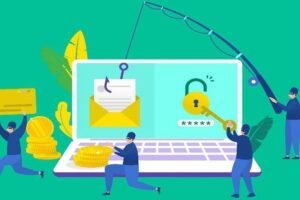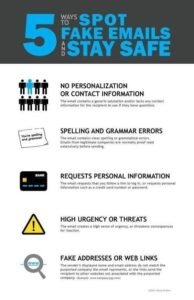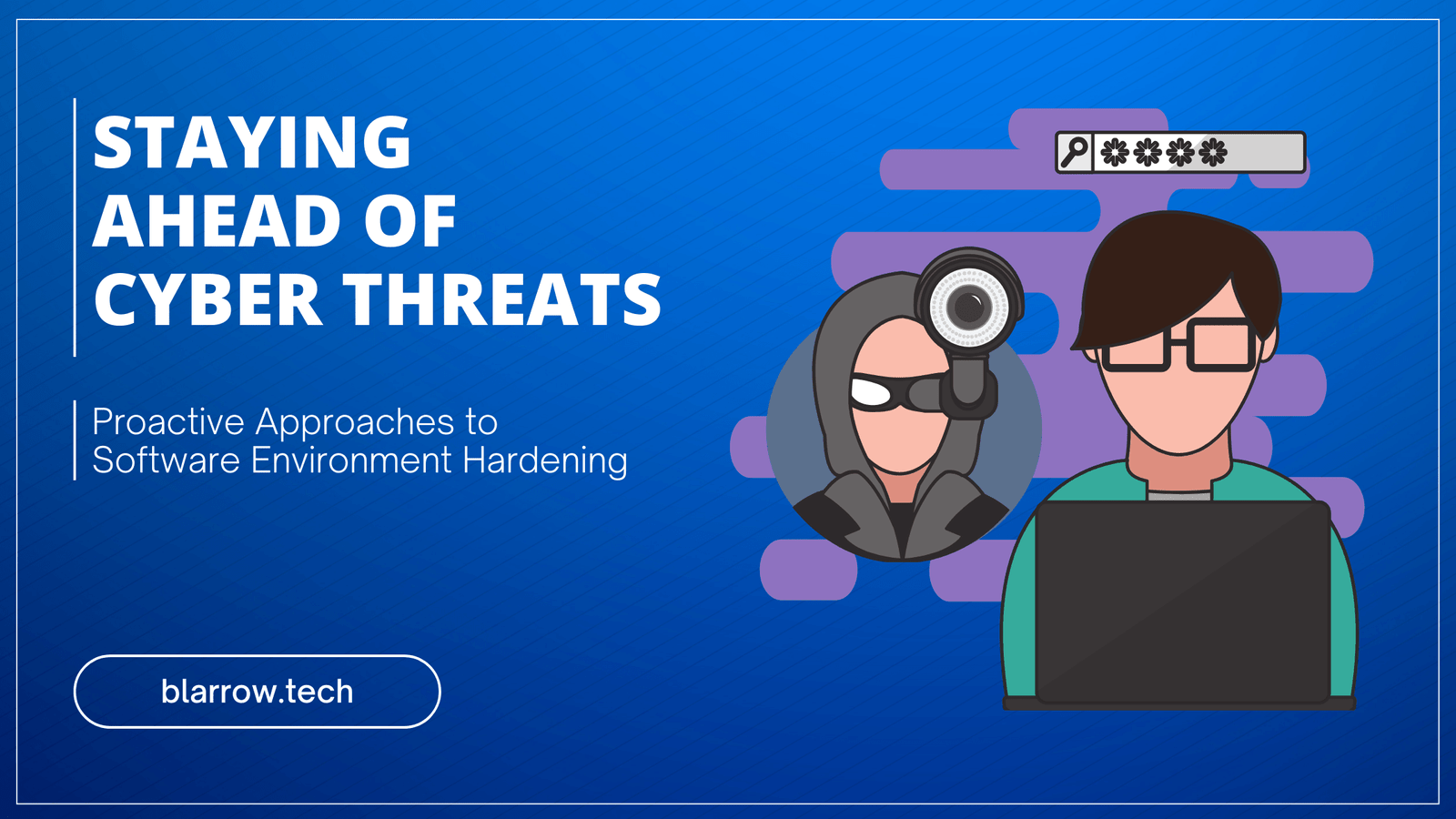Phishing is the false endeavour to acquire delicate data, for example- usernames, passwords and card details by  camouflaging oneself as a reliable element in an electronic communication. Typically, carried out by email spoofing or instant messaging, it frequently guides clients to enter personal data at an unauthorized site which matches the look and feel of the real site. Phishing is a case of using social engineering techniques to bamboozle clients. Clients are frequently attracted by correspondences implying to be from legitimate organizations, for example, social or auction sites, bank websites, online installment processors or IT administrators. Endeavours to prevent Phishing occurrences incorporate enactment, client preparing, open mindfulness, and specialized safety efforts (the last being expected to bring down the number of phishing assaults which occur mainly due to the loopholes in current web security).
camouflaging oneself as a reliable element in an electronic communication. Typically, carried out by email spoofing or instant messaging, it frequently guides clients to enter personal data at an unauthorized site which matches the look and feel of the real site. Phishing is a case of using social engineering techniques to bamboozle clients. Clients are frequently attracted by correspondences implying to be from legitimate organizations, for example, social or auction sites, bank websites, online installment processors or IT administrators. Endeavours to prevent Phishing occurrences incorporate enactment, client preparing, open mindfulness, and specialized safety efforts (the last being expected to bring down the number of phishing assaults which occur mainly due to the loopholes in current web security).
There are various types of Phishing methods, out of which the most common is Spear Phishing which targets specific affluent individuals or popular companies. In contrast to Bulk Phishing, where emails or calls are made in large number, Spear Phishing attackers often gather and use personal information about their target to increase their probability of success. For instance, in 2016 during Hillary Clinton’s Presidential Campaign, a group named Fancy Bear used Spear Phishing techniques in order to target and attack the Google accounts of 1800 users.
Clone Phishing is a kind of Phishing assault whereby an authentic, and recently conveyed, email containing an attachment or link has its content and beneficiary addresses taken and used to make a practically indistinguishable or cloned email. The attachment or link inside the email is planted with a vindictive intention and is then sent from an email address similar to the original sender. It often might profess to be a resend of the first or a refreshed form to the first. Commonly, this requires either the sender or beneficiary to have been recently hacked for the vindictive outsider to get the authentic email.
Tragically, Phishing emails are by all account not the only way individuals can attempt to trick you into giving personal information with an end goal to steal your identity or commit fraud. Fraudsters, additionally use one’s telephone number to request personal data, this phone variant of Phishing is at times called Vishing. Vishing depends on “social designing” strategies to fool you into giving data that others can use to access and utilize your significant records. To abstain from being tricked by a Vishing endeavour: In the event that you receive a telephone call mentioning you call them and you presume it may be a false demand, look into the association’s client support number and call that number as opposed to the number given in the sales e-mail or telephone call in order to confirm your suspicions.
Not all Phishing assaults require a fake email id or website. Messages that profess to be from the authentic bank that the client has the account in often advises them to dial a telephone number in regards to deal with some issues related to their financial balances. When the telephone number is dialed, the phisher on the other side of the line prompts clients to enter their record numbers and PIN thus gaining access to their important bank details.
Much like Phishing, Smishing is a form of swindling which uses cell phone’s instant messages to bait people in. Frequently, the content contains a URL or telephone number with a mechanized voice reaction system in order to give prompt responses. In most of the cases, the Smishing messages originate from numbers like “1000″ as opposed to showing a genuine telephone number. This gives away that fact the instant message was sent through an email to the mobile phone, and not from another mobile number.
However, there are certain common ways to identity Phishing and not fall into its trap, some of which are as follows-
1. The emails or text messages which one receives are usually sent out to a wide range of individuals and often the  person sending these emails has no idea who you are. So, if you have no affiliation with the company the email address is supposedly coming from, it is deemed to be a hoax.
person sending these emails has no idea who you are. So, if you have no affiliation with the company the email address is supposedly coming from, it is deemed to be a hoax.
2. Improper sentence structure, spelling mistakes and grammatical errors are quite often an obvious hint.
3. If a legitimate organization were sending you data with respect to blunders to your record, they would make reference to your record or username in the email, if they don’t there are high chances of it being a Phishing attempt.
4. If a particular Email demands a prompt reaction or a particular cut-off time.
5. Albeit numerous Phishing messages are improving at concealing the genuine URL you are visiting, regularly these messages will list a URL that isn’t identified with the organization’s URL, thus giving away their true intentions.
Individuals can be professionally trained to identify and avert Smishing and Vishing attempts, through an  assortment of methodologies and techniques. Such training can be effective, particularly which involves conceptual knowledge and practical implementation. Numerous associations run standard mimicked training endeavours on their staff to quantify the viability of their preparation. Individuals can also find a way to abstain from various forms of Phishing attacks by marginally altering their perusing habits. When reached out by a suspicious email or call, it is a reasonable precautionary measure to contact the organization from which the email claims to originate from.
assortment of methodologies and techniques. Such training can be effective, particularly which involves conceptual knowledge and practical implementation. Numerous associations run standard mimicked training endeavours on their staff to quantify the viability of their preparation. Individuals can also find a way to abstain from various forms of Phishing attacks by marginally altering their perusing habits. When reached out by a suspicious email or call, it is a reasonable precautionary measure to contact the organization from which the email claims to originate from.
Almost all genuine email messages from organizations to their clients contain a thing or two of data that isn’t promptly accessible to phishers. Messages from banks and credit card companies frequently incorporate halfway record numbers in order to assure the client that it is from an authentic source.
Some examples of the most prominent Phishing attacks all through these years are as follows-
The first known direct Phishing attack against an installment framework influenced E-gold in June 2001, which was followed up by a “post-9/11 id check” not long after the September 11 assaults on the World Trade Center.
Aggressors who broke into TD Ameritrade’s database in 2007 and took 6.3 million email addresses, additionally needed the record usernames and passwords, so they propelled a subsequent Lance Phishing assault.
In August 2017, clients of Amazon confronted the Amazon Prime Day Phishing assault, when programmers conveyed apparently real arrangements to clients of Amazon. At the point when Amazon’s clients endeavoured to make buys utilizing the “bargains”, the exchange would not be finished, provoking the retailer’s clients to include information that could be undermined and taken.



